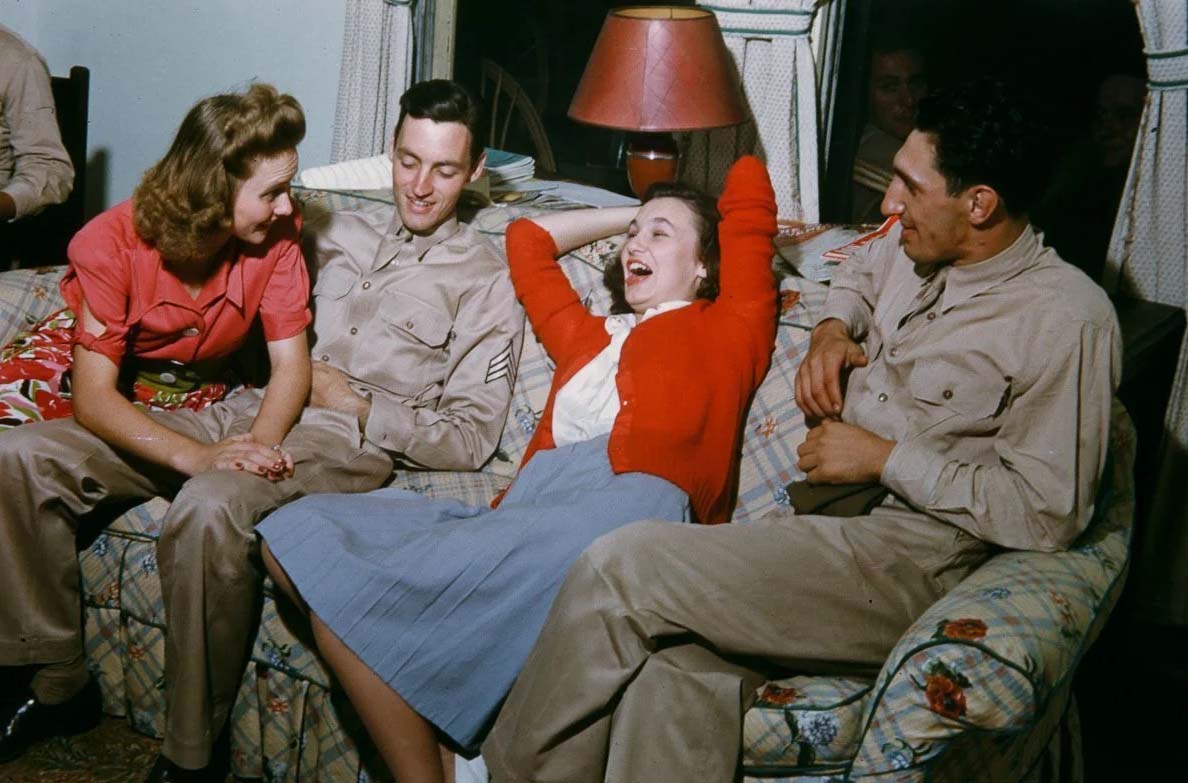 In the early 1940s, Fort Bragg was more than just a military installation in North Carolina, it was a place where young men prepared for the uncertainty of war while still holding on to moments of normal life.
In the early 1940s, Fort Bragg was more than just a military installation in North Carolina, it was a place where young men prepared for the uncertainty of war while still holding on to moments of normal life.
Named after Confederate general Braxton Bragg, the base was established in 1918 near the close of World War I.
What began as a modest artillery training ground soon expanded into one of the most important military centers in the United States.
By the summer of 1940, the United States had not yet entered the global conflict, but the writing was already on the wall.
Fort Bragg housed just over 5,000 soldiers at the time, but with the passage of the Selective Training and Service Act—the nation’s first peacetime draft—the numbers soared.
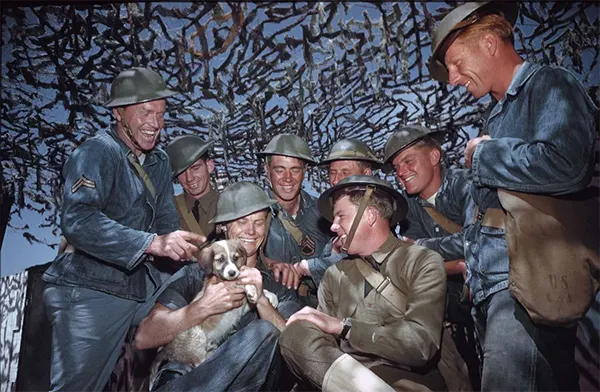 Within a single year, more than 67,000 troops crowded the sprawling camp. It became not only a hub for artillery but also the birthplace of America’s airborne forces, training some of the first paratroopers who would later jump into battle in Europe and beyond.
Within a single year, more than 67,000 troops crowded the sprawling camp. It became not only a hub for artillery but also the birthplace of America’s airborne forces, training some of the first paratroopers who would later jump into battle in Europe and beyond.
Life at Fort Bragg during those years was a mixture of intense preparation and fleeting leisure. Days were filled with the thunder of artillery, the rattle of rifles, and endless drills that hardened raw recruits into combat-ready soldiers.
For many of the young men, this was their first time away from home, and the looming prospect of deployment gave a new weight to every moment they spent off-duty.
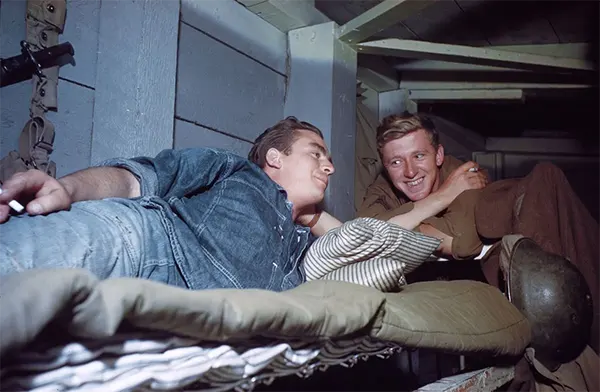 Even in wartime, however, soldiers sought out small joys to keep their spirits alive. Just outside the gates of the base lay the town of Fayetteville, where buses carried streams of soldiers into an atmosphere far removed from the rigors of military life.
Even in wartime, however, soldiers sought out small joys to keep their spirits alive. Just outside the gates of the base lay the town of Fayetteville, where buses carried streams of soldiers into an atmosphere far removed from the rigors of military life.
There, they found dance halls alive with music, movie theaters glowing late into the night, and restaurants that welcomed them with hearty meals.
More importantly, Fayetteville offered companionship—dates, friendships, and evenings that gave soldiers a taste of normalcy before the uncertainties ahead.
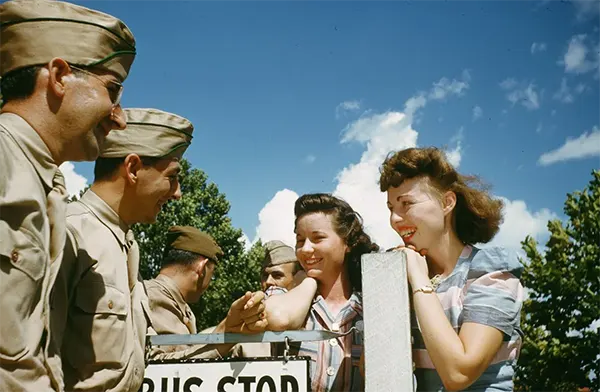 Photographs taken in 1942 by Ivan Dmitri capture this side of Fort Bragg’s history: young soldiers in crisp uniforms dancing with local women, smiling, laughing, and savoring the moment.
Photographs taken in 1942 by Ivan Dmitri capture this side of Fort Bragg’s history: young soldiers in crisp uniforms dancing with local women, smiling, laughing, and savoring the moment.
These were not grand celebrations but simple evenings filled with music, rhythm, and laughter—an escape from the constant reminders of what awaited them overseas.
For many, it was their last chance to enjoy a night of fun before shipping out to battlefields far from home.
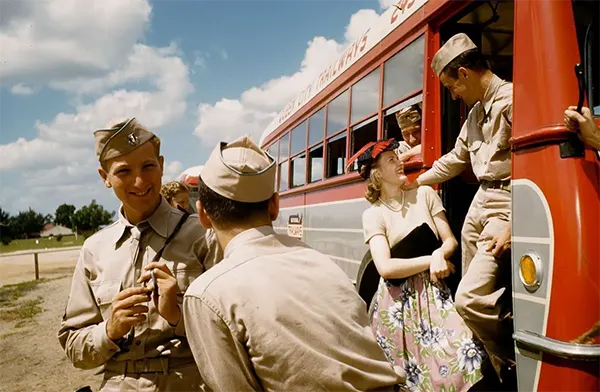
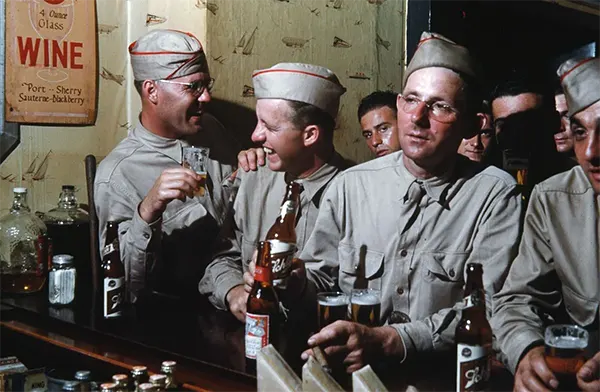
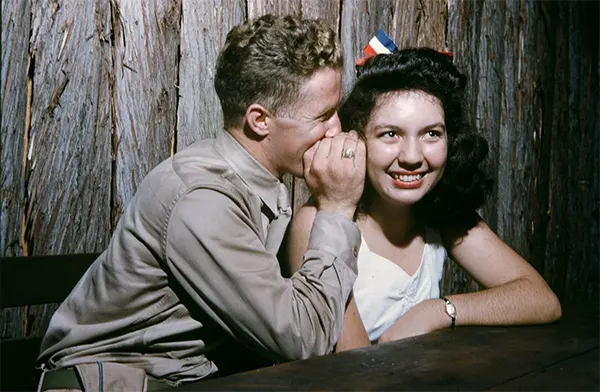
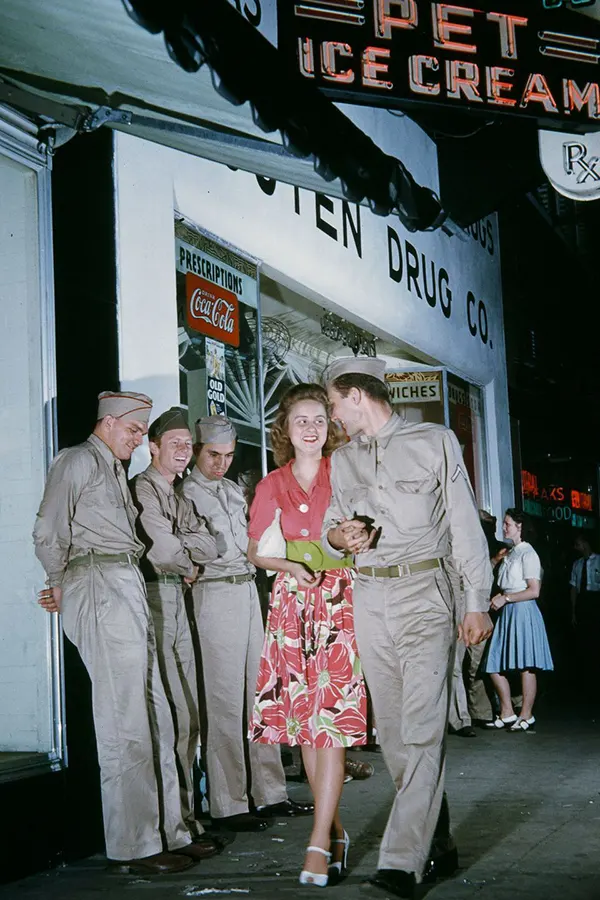
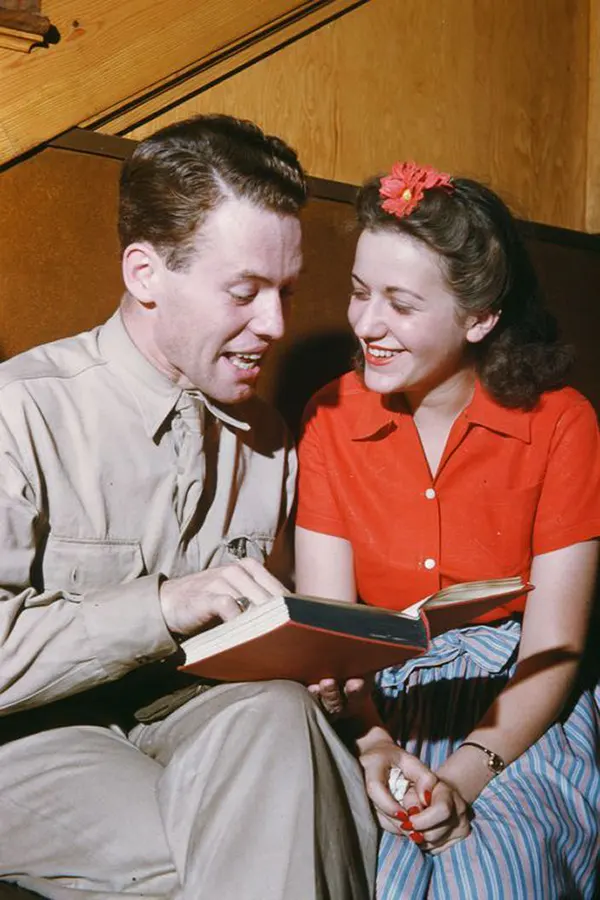
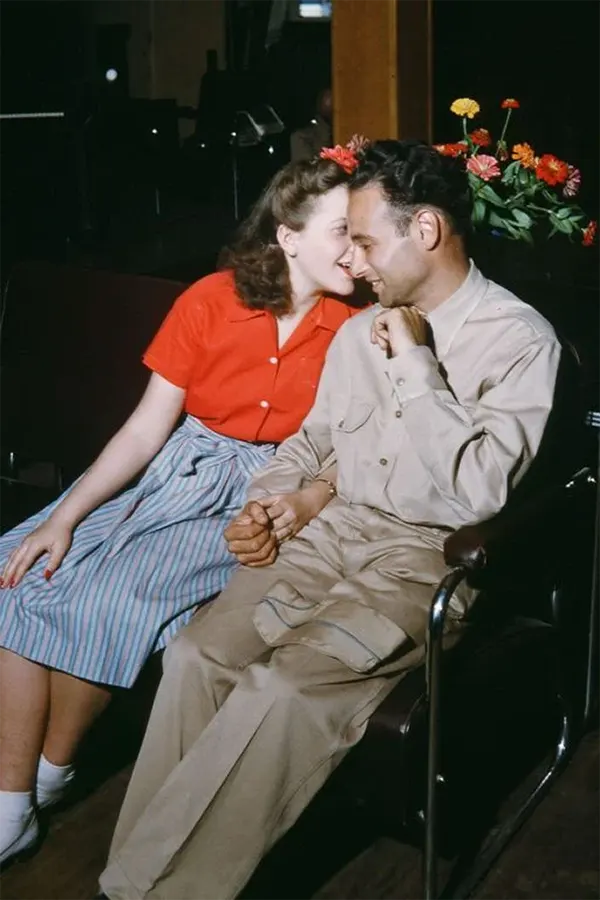
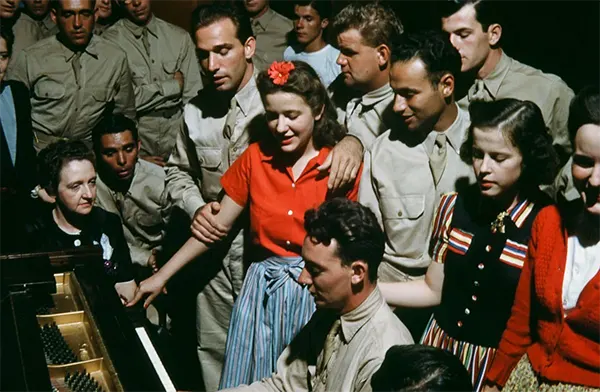
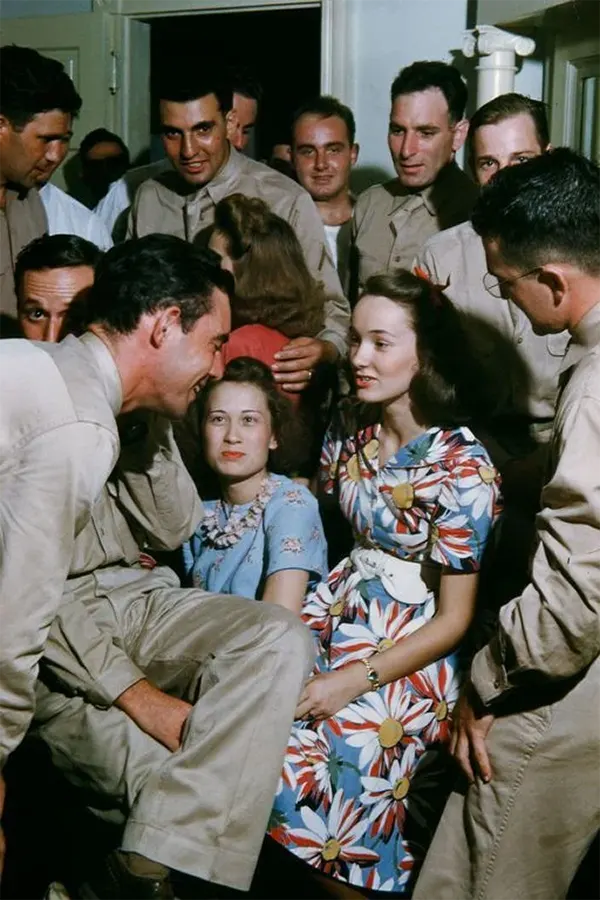
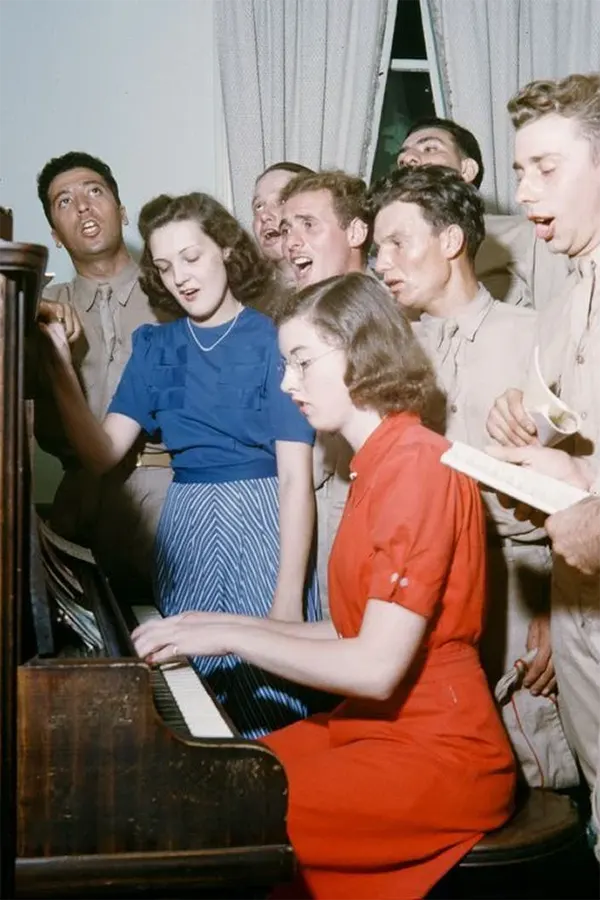
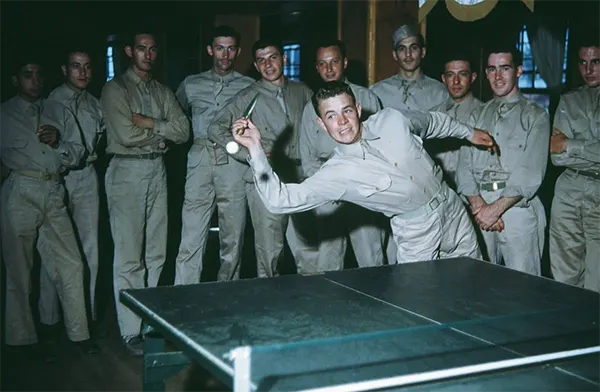
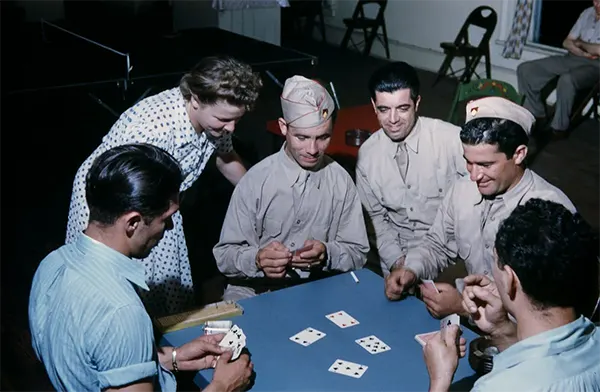
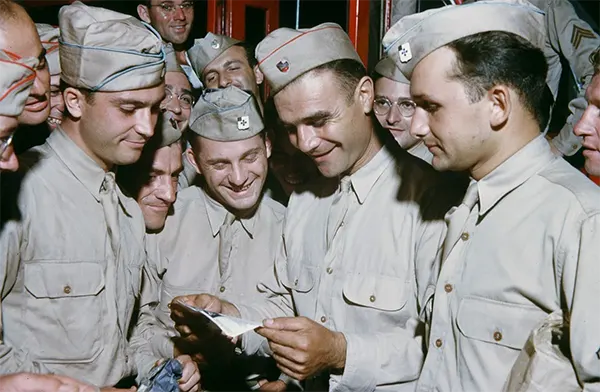
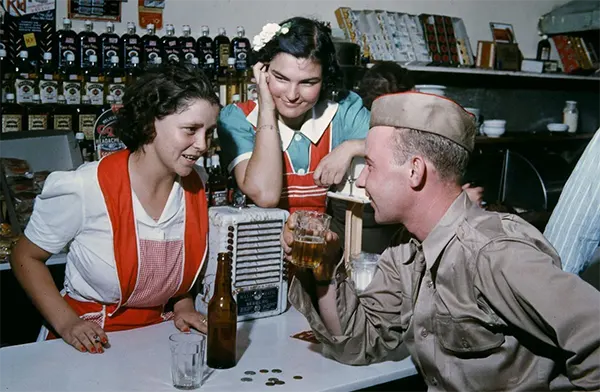
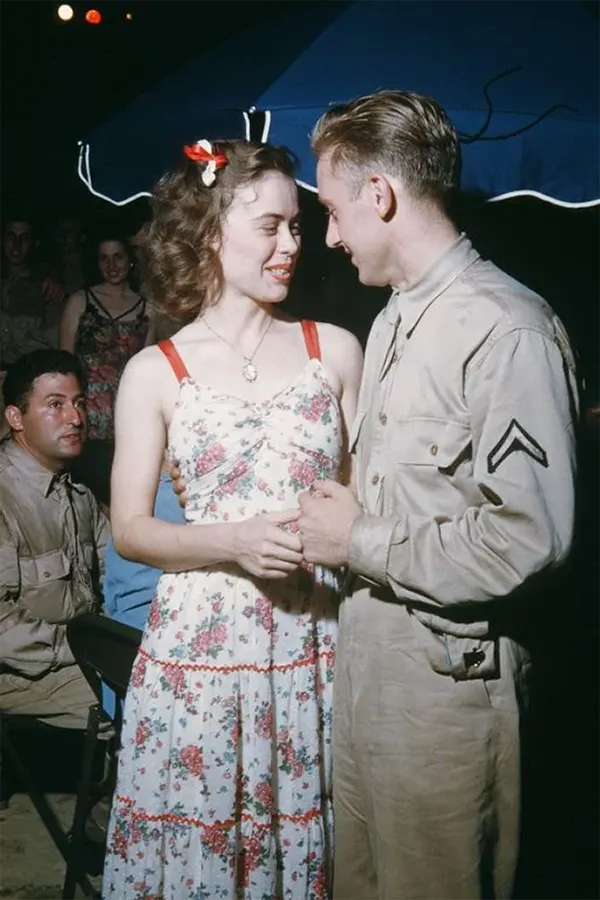
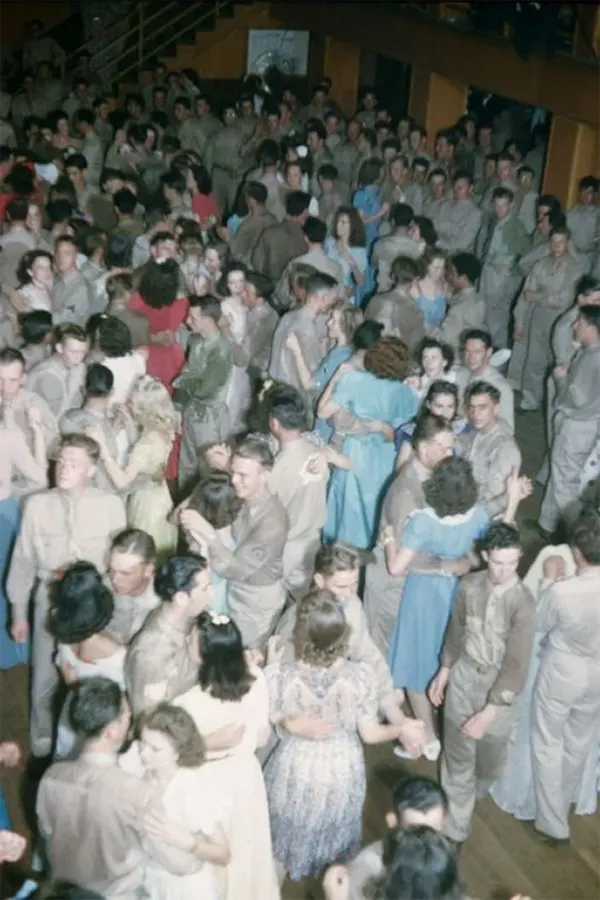
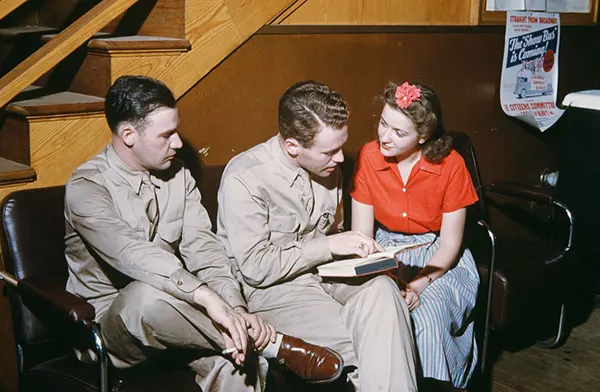
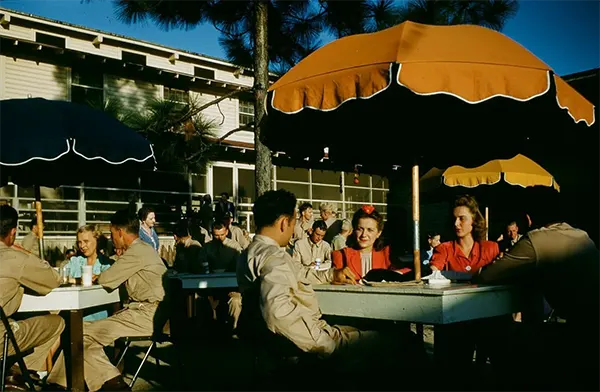
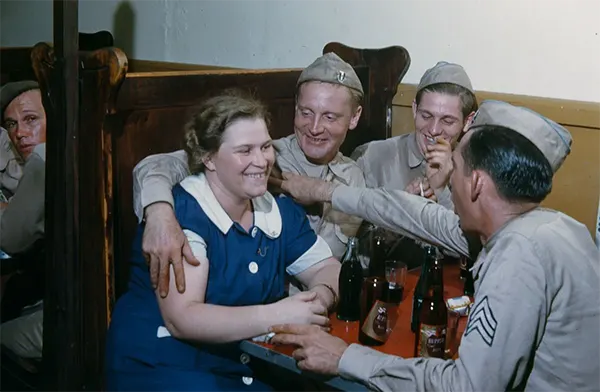






(Photo credit: Ivan Dmitri / Michael Ochs Archives via Mashable.com ).